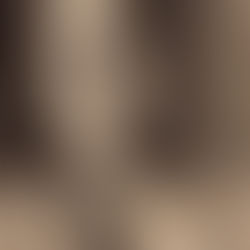Old Temples of Gujranwala
- Ramanjit Singh
Taking on a mission of artfully photographing historic architecture of Punjab, my friend Taqi Husnain has captivated the lost history of the Hindus and Sikhs in Pakistan. His work is remarkable because it captures every detail of the old temples and gurdwaras that were left behind by the non-Muslims during the Partition. It is also commendable that there are freelance videographers and photojournalists on both sides of Punjab that are painstakingly recording significant historical artifacts that are in the process of decaying with the passage of time or due to sheer apathy. These individuals, in essence, belong to that part of humanity that wants to build bridges and not walls between Punjabis.
In seeing Taqi Husnain's photographs, you have a sense of proximity, a sense that you are standing right in front of these buildings and remembering what it was like before Partition. In some of these photographs you would see writings on a marble slab chronicling a particular event, a birth in a family or donation from a wealthy businessman, or marking a significant historical event in that location. Whatever the antecedents, these buildings and temples show a glimpse of pre-partition Punjab that was vibrant and multi-cultural, rich in its religious philosophies and life.
You can view all the photographs in Taqi Husnain's Facebook page https://www.facebook.com/Taqqi5/

In the narrow bylanes of Mandi Bahauddin and Gujranwala, there stands a man who is showing us who we once were. People walk pass him, but yet he stands, time passes by, but yet he stands. He stands in front of these buildings, in front of their fading facade, he stands in front of them because he wants to tell us who we once were, what Punjab meant to so many of us. In him we are looking at ourselves, juxtaposing the reality with the dying hope that what if we had remained one. What if we had remained and lived on. In every photograph, Husnain has preserved our history, it pulls us into the past. As the refugees poured across the border in 1947, they left behind their homes, gurdwaras and temples, everything that made our identity. And now these very places are being shown to us and we can only see them, scour every corner of these photographs to see anything that we can discover. We can see how we used to live, what our forefathers built and what they left behind. It brings us closer to the past. It fills our hearts with sadness but also gives us hope that there are people on both sides of Punjab who have not forgotten us and are doing everything in their power to preserve this remarkable history.

In a way, these ruins reflect our state of mind. Our context of how we look at today's world is as indifferent as the state of this building. Its crumbling architecture is a reflection of what our society has become. It's there but forgotten, neglected and it just stands there. I have seen similar photographs of Muslim homes in east Punjab and have written about it in my blog here https://www.punjabpartition.com/single-post/but-their-gods-remained


















Opmerkingen